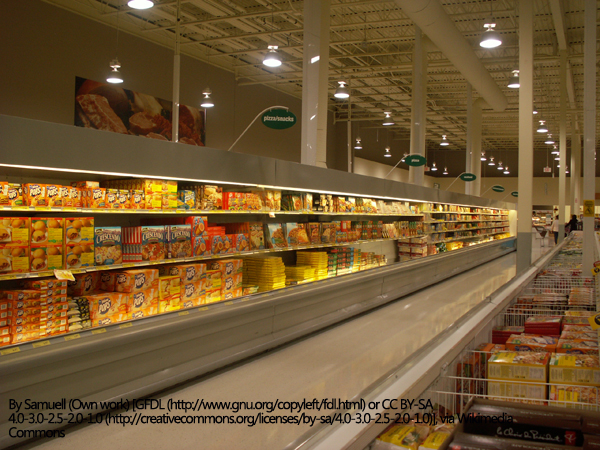The clean label trend – whereby food manufacturers work to reformulate their products to eliminate unnecessary ingredients – has hit the frozen food sector. According to Bill Gilbert, a certified master baker for Cargill, companies are seeking to remove ingredients like sodium stearoyl lactylate (SSL), azodicarbonamide (ADA) and diacetyl tartaric acid esters of mono- and diglycerides (DATEM), from their frozen products.
Manufacturers of fresh baked goods sold out of the freezer section are also looking to avoid these ingredients. “The solutions are working the same,” said Gilbert.
Gilbert says that synthetic emulsifiers, such as polysorbate-80, could be replaced by lecithin. Lecithin can be naturally-sourced from crops such as soy, canola and sunflower.
“What I’ve seen over the years is that frozen bread formulas have kind of mimicked the retail bread formulas,” said Gilbert. Consumers are increasingly paying attention to ingredients lists, and turning to products with a shorter, simpler label.
Market research firm, Technavio, predicts that the global frozen food market will hit $290 billion by 2019, with the clean label trend representing a big influence. “Product innovations for the preservation of organic and natural frozen food are predicted to increase the overall consumption of frozen food products during the forecast period,” said Technavio.
Nestle USA recently removed four ingredients – autolyzed yeast extract, carrageenan, dextrose and bleached wheat flour – from their Stouffer’s frozen lasagna, bringing the list down to 15 ingredients. The company plans to eventually pair-down the ingredients lists on over 14 products, as part of their “Kitchen Cupboard” commitment.
According to Gilbert, frozen pizza is another product that is ripe for reformulation. These changes will most likely come in the form of toppings – like pepperoni and cheese – to adhere to the clean label trend.












Join or login to leave a comment
JOIN LOGIN